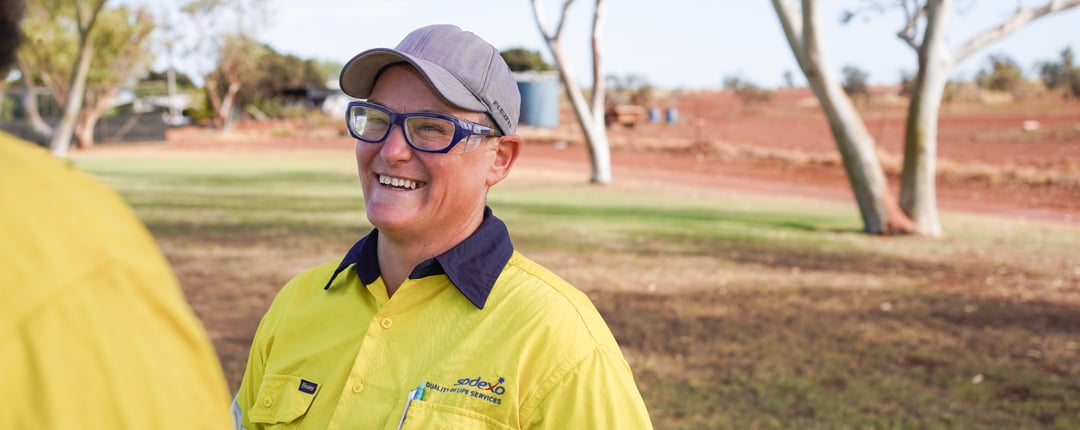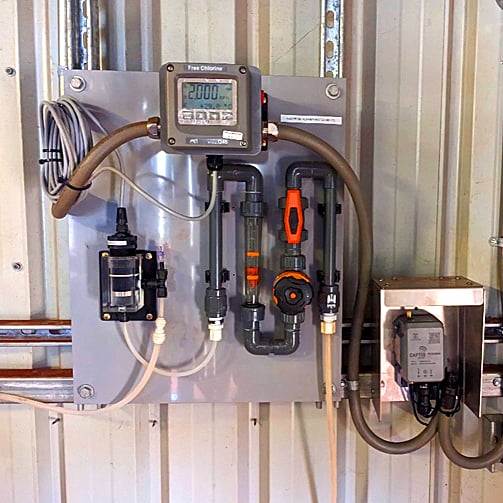
Remote Water Monitoring
Context
A safe and reliable potable water supply is essential for the operation of a Fly-In-Fly-Out (FIFO) mining village, especially in the Pilbara Region of Western Australia, where groundwater is the main water source.
Sodexo manages the supply and treatment of potable water for more than 32 villages, towns, and camps across the Pilbara. This includes groundwater abstraction, water storage, treatment, and distribution, each with different levels of complexity and requirements.
Challenge
Manual monitoring and control of water systems introduces the opportunity for human error.
This process of manually monitoring gauges and levels also places additional strain on the maintenance teams, with many water networks spread out over a considerable area.
Where valves are manually adjusted based on observation of physical gauges and levels, underlying or hidden factors impacting the operation and delivery of water systems could potentially remain unaddressed.
Remote monitoring securing the supply of safe potable water
Sodexo Solution
Sodexo's solution included a year-long trial using Internet of Things (IoT) sensors and transmission equipment to remotely monitor a potable treatment plant at a remote village in the Pilbara.
The equipment allowed Sodexo to monitor levels remotely, track historical data, and raise alarms to address problems before a village’s water supply was affected.
Following the success of the trial, remote water monitoring was extended to include a total of 13 remote villages across the Pilbara.
Currently, 204 devices are located across various sites, monitoring an average of 25 megalitres of water flow daily.
